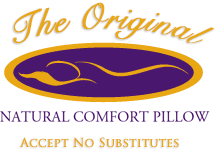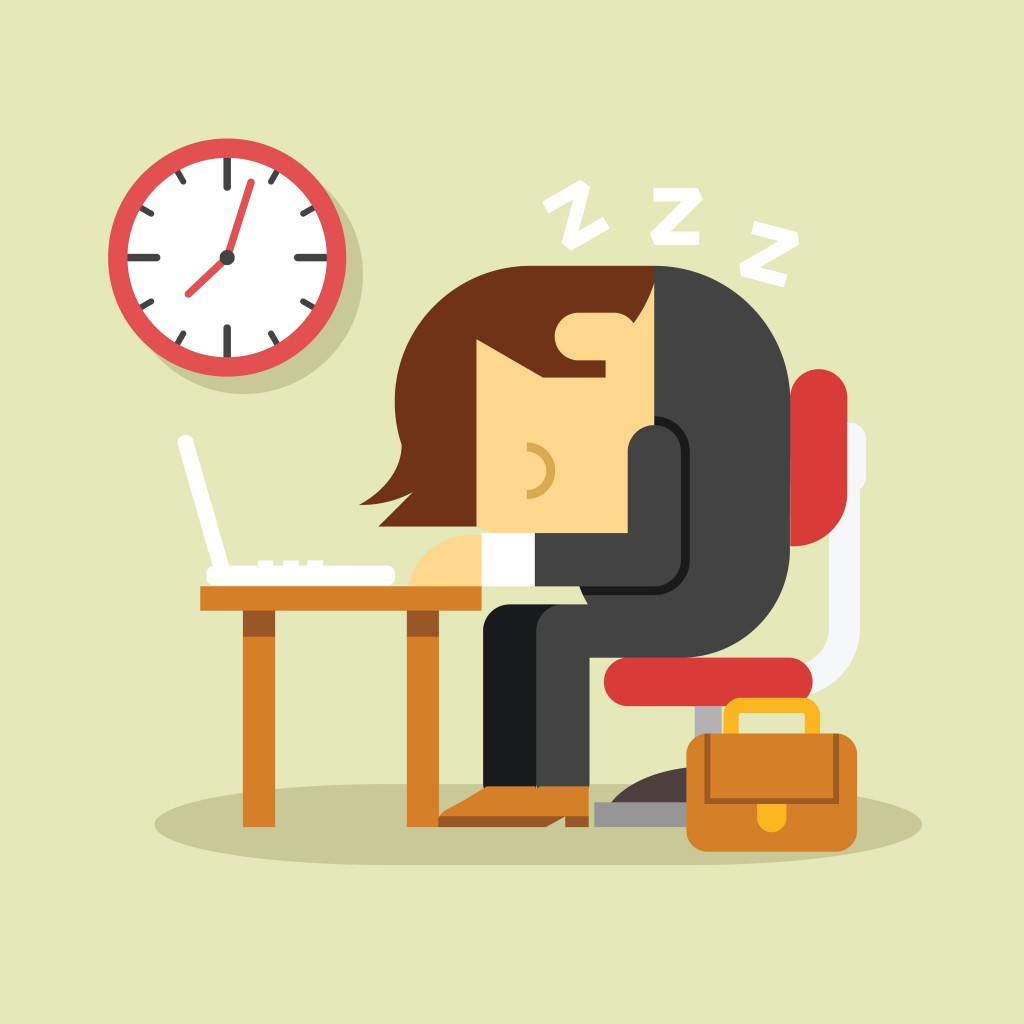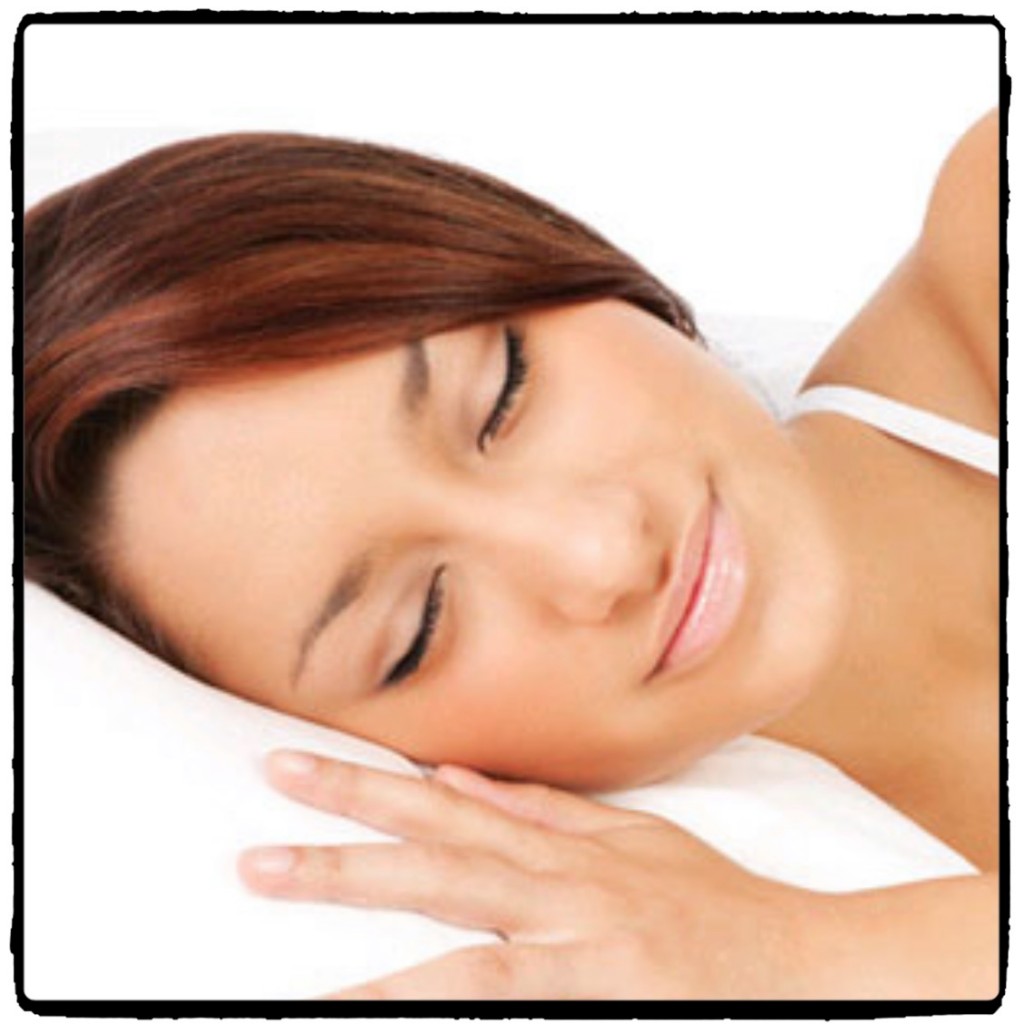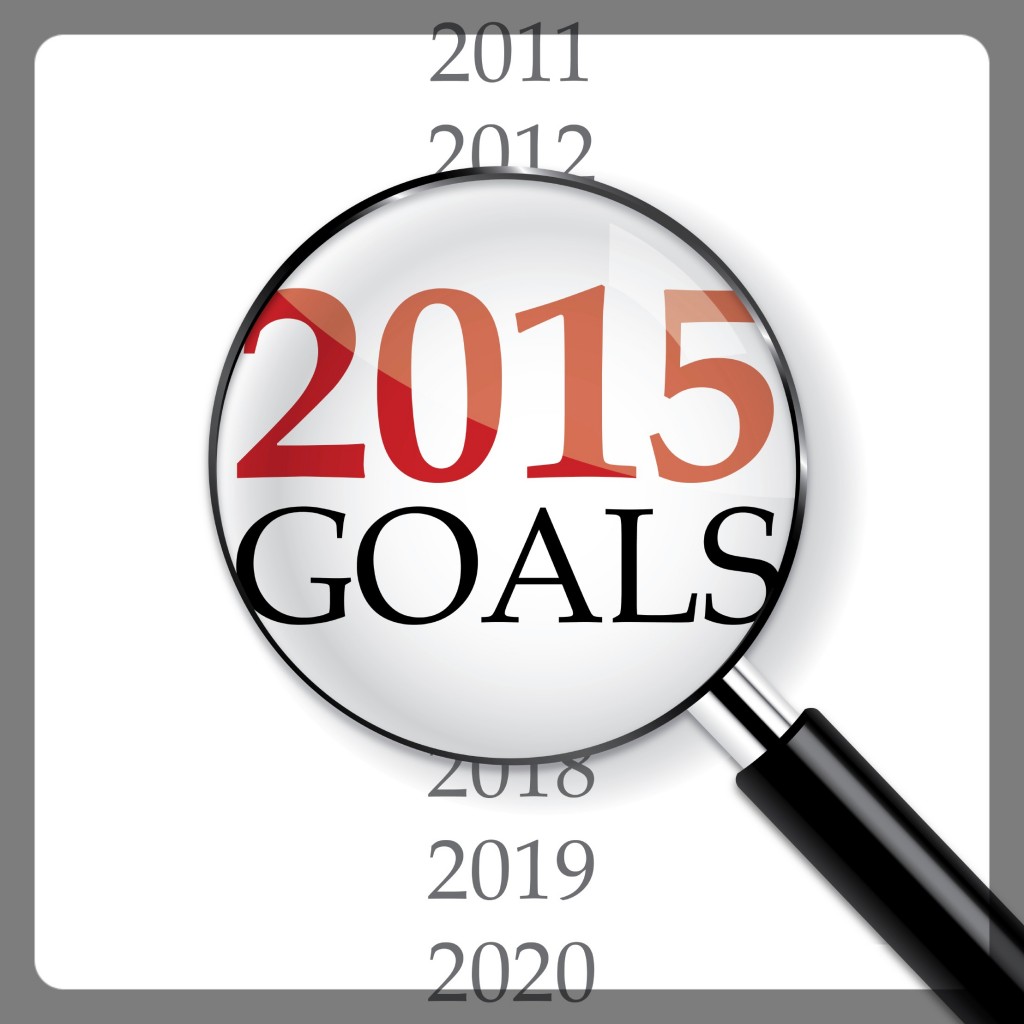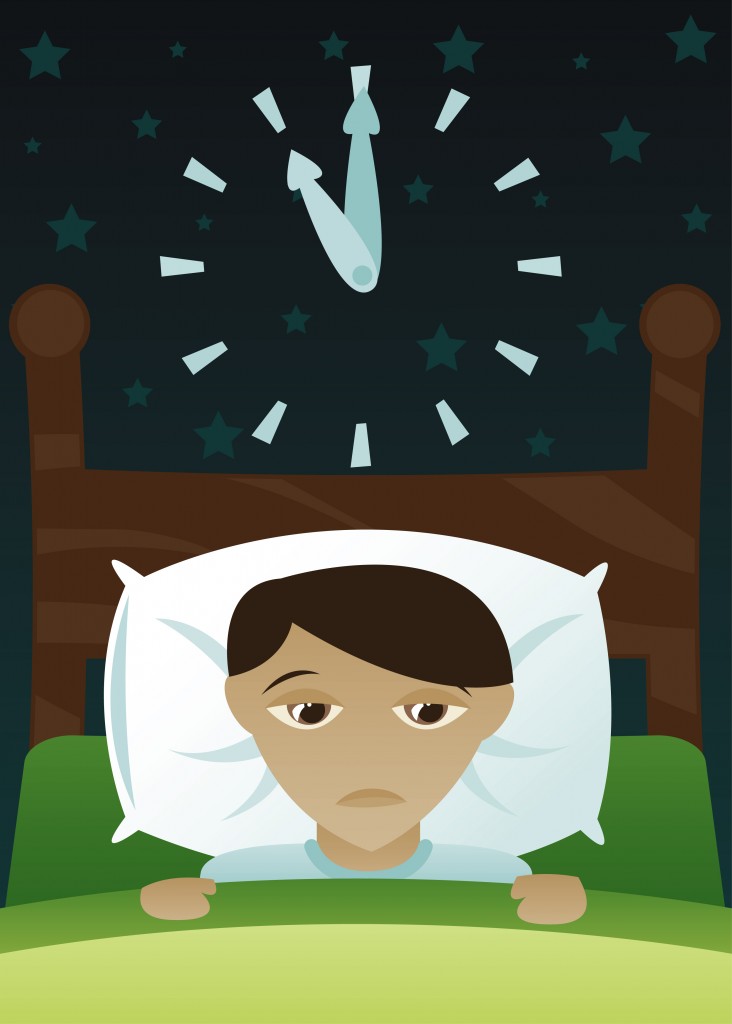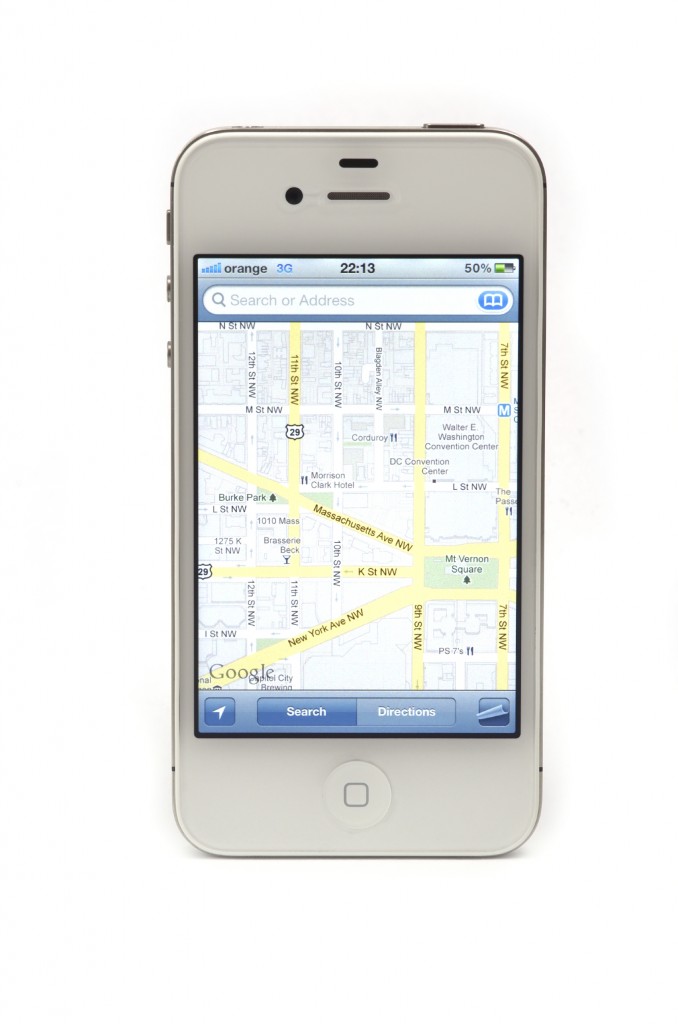 Have you ever tried driving somewhere new without directions? These days, all we need to do is enter an address into a maps app on our smart phone, and step-by-step directions detailing how to get from where we are, to where we want to be, are instantly available.
Have you ever tried driving somewhere new without directions? These days, all we need to do is enter an address into a maps app on our smart phone, and step-by-step directions detailing how to get from where we are, to where we want to be, are instantly available.
But could you imagine making a cross country trip from New York to Los Angeles just by pointing your car toward the west? Without an exact address, your GPS cannot plan a step-by-step route to get you exactly where you want to go (we’ll talk more about a step-by-step plan of action in Part 4 of this series). Let’s say you’re trying to get to Rivera, one of Los Angeles’ more popular restaurants, simply by entering “Los Angeles” in your GPS. There’s a good chance you’d never find it. Instead, how about we enter 1050 S Flower St., Los Angeles, CA 90015? Now we know exactly how to get there.
It’s the same with goals. “Kind of” knowing what our goals are is not enough. The more clearly defined they are, the better chance we have in attaining them.
How to Clearly Define Goals
For example, let’s say your goal is to be a doctor. What kind of doctor do you want to be? A general physician, OBGYN, pediatrician, or maybe a veterinarian? Once that’s clarified, you’ll have to decide which school you want to attend. Is it a large universtiy that will impress potential employers after you graduate? Or is it a universtiy that has an exemplary program that’s in your area of interest?
These are only a couple of the questions you may encounter when defining your goals. You may not have the answers to all of these questions, and that’s OK. The point is to acknowledge them and then investigate until you have your answer.
Here’s what Brian Tracy, a world renowned speaker, has to say about defining our goals …
“Imagine that five years from now your whole life has been made perfect in every respect. Every aspect of your life. All your dreams have been fulfilled. Every goal has been achieved. What would it look like if five years from now your life was ideal in every way?
– Where would you be in five years?
– Who would you be with?
– What would you be doing?
– How well would you be doing it?
– How much would you be earning?
– What kind of home would you live in?
– What would be your level of physical fitness?
– What would your family be like and your relationships?
– How would your children be doing?
If your life were perfect 5-years from now in every respect – what would it look like?”
Powerful questions, for sure. But often times, your answer to some of these questions may be, “I don’t know.” The good news is that if you feel like you don’t know, there’s one more question you can ask yourself that will help: WHAT IF YOU DID KNOW?
Make it hypethetical and see how it feels. Remember, you can always alter something if it doesn’t feel right, but until you get a clear picture of what your future looks like, how can you begin your journey there?
Whether you’re dealing with neck pain, insomnia, or opening your own business, we highly recommend you take some time to think about each of Brian’s questions. In fact, it’s optimal to write them down (or type them up) and answer them with as much detail as possible.
Once you’ve answered all of the questions, and possibly added some of your own, set the document aside for a day or two before revisiting it. Then see if you need to add or delete anything from it. Discuss it with people you trust, but only if you can depend on them to be supportive and positive.
The Goal of Better Sleep
At first glance, clearly defining what better sleep looks like may seem unnecessary. It’s all about sleeping through the night and waking up well-rested, right? But what does a good night’s sleep look like for you? Is your room dark enough? Do you meditate before bed? Avoid bright lights and screen time on your phone or iPad? As you look at your routine, what changes can you make to help yourself sleep more soundly?
Of course, two major players in better sleep are your pillow and your mattress — each of which should be supporting your neck, spine and body while you sleep. If you’re not currently using a supportive pillow, or if you’re waking up with neck or shoulder pain, feel free to peruse our website to learn more about how the Natural Comfort Pillow can help.
Thank you for visiting Natural Comfort Pillow. Until next time, sleep well, and good luck with defining your goals!
You may also like:
The Connection between Goals & Sleep, Part 1: How to Sleep Better
The Connection Between Goals & Better Sleep, Part 2: Discovering Your Goals
The Connection Between Goals & Better Sleep, Part 4: Implementing a Step-by-Step Plan of Action
